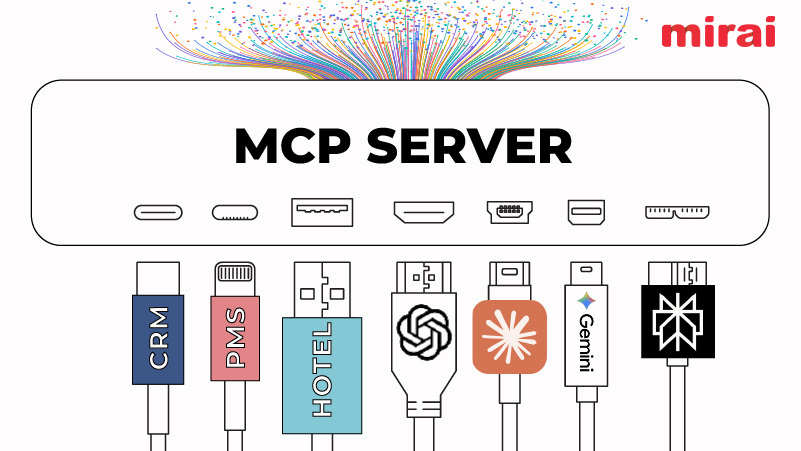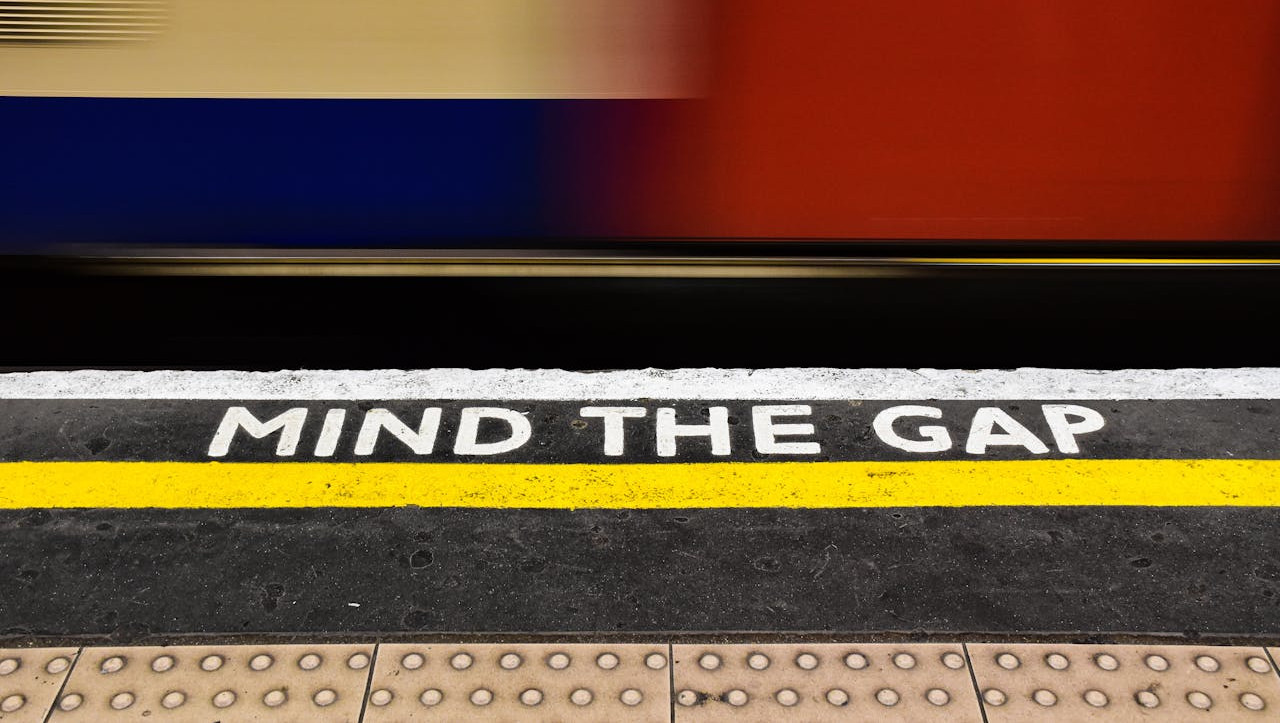
Earlier this month we had the opportunity to sit down with Tim Davis, the CEO of PACE Dimensions, about the current state of marketing in the hotel industry. Tim is an industry veteran who served for 9 years on the Management Board of Hilton, and prior to that was SVP in a number of roles including Distribution, e-Commerce and IT. Before that Tim was responsible for marketing for Hilton across EMEA. Tim now leads Pace Dimensions, a management consultancy firm specializing in improving the performance and competitive edge of brand-driven companies in the hospitality industry.
How would you describe the current state of marketing in the hotel industry? And how does this compare to other industries?
This is a very difficult question to answer precisely because of the range of sophistication across the industry coupled with the fragmented industry structure. This means that there are examples of high sophistication (loyalty programs for the largest hotel groups) and very low sophistication (direct mail of newsletters to previous guests) and everything in between. Having said that there are some definitive themes that characterize marketing in the hotel industry, and allows some comparison to other industries to be made.
Firstly it’s important to point out that marketing sophistication generally varies by size of the hotel company. In the top 5 largest hotel groups (representing 46% of all branded hotel rooms, and 22% of global hotel room supply) there are:
- dedicated marketing departments specializing in different areas of the marketing mix,
- scaled loyalty programs,
- sizeable budgets (circa. 4-5% of grr),
- relatively high levels of centralized investment in technology, and
- high levels of governance standards in place.
Here marketing is relatively sophisticated. Outside the top 5 and in the top 20 hotel companies (representing 24% of all branded hotel rooms, and 12% of global hotel room supply), the level of sophistication drops away quite quickly. These marketing departments typically have:
- specialists in different areas of the marketing mix,
- small loyalty programs with much more limited influence,
- much smaller budgets due to having half the number of rooms (of the top 5) and 2-3% of grr
- centralized technology provided by 3rd parties
- governance standards which are poorly adopted
The remaining 30% of branded hotel rooms and 2/3 of global hotel room supply have the very basics in marketing, generally confined to promotional consumer and digital marketing aimed at boosting demand during need periods.
When considering level of sophistication overall, the hotel industry is clearly skewed by the 50+ brands and 22% of global hotel rooms operated by the top 5 hotel companies. In comparison to other industries, most 3rd party studies place hotel marketing in the upper 2nd quartile of maturity therefore just below the median of average. This is also reflected in digital marketing where the hotel industry is placed at the bottom of the 3rd quartile or just above the median average. Interestingly the sectors that have higher levels of sophistication or maturity are generally where two conditions exist:
- the value of the brand equity as a % of the price paid for their product or service is high.
- the level of digital penetration and maturity in the sector is also high
The most sophisticated being media and entertainment, with sectors such as high technology, consumer financial services, online retail and healthcare also being higher than hotels.
What do hotels do better/worse in the field of marketing than other industries?
This is probably better addressed by answering which areas of marketing are hotel companies generating more value, and which do they add little value and why?




